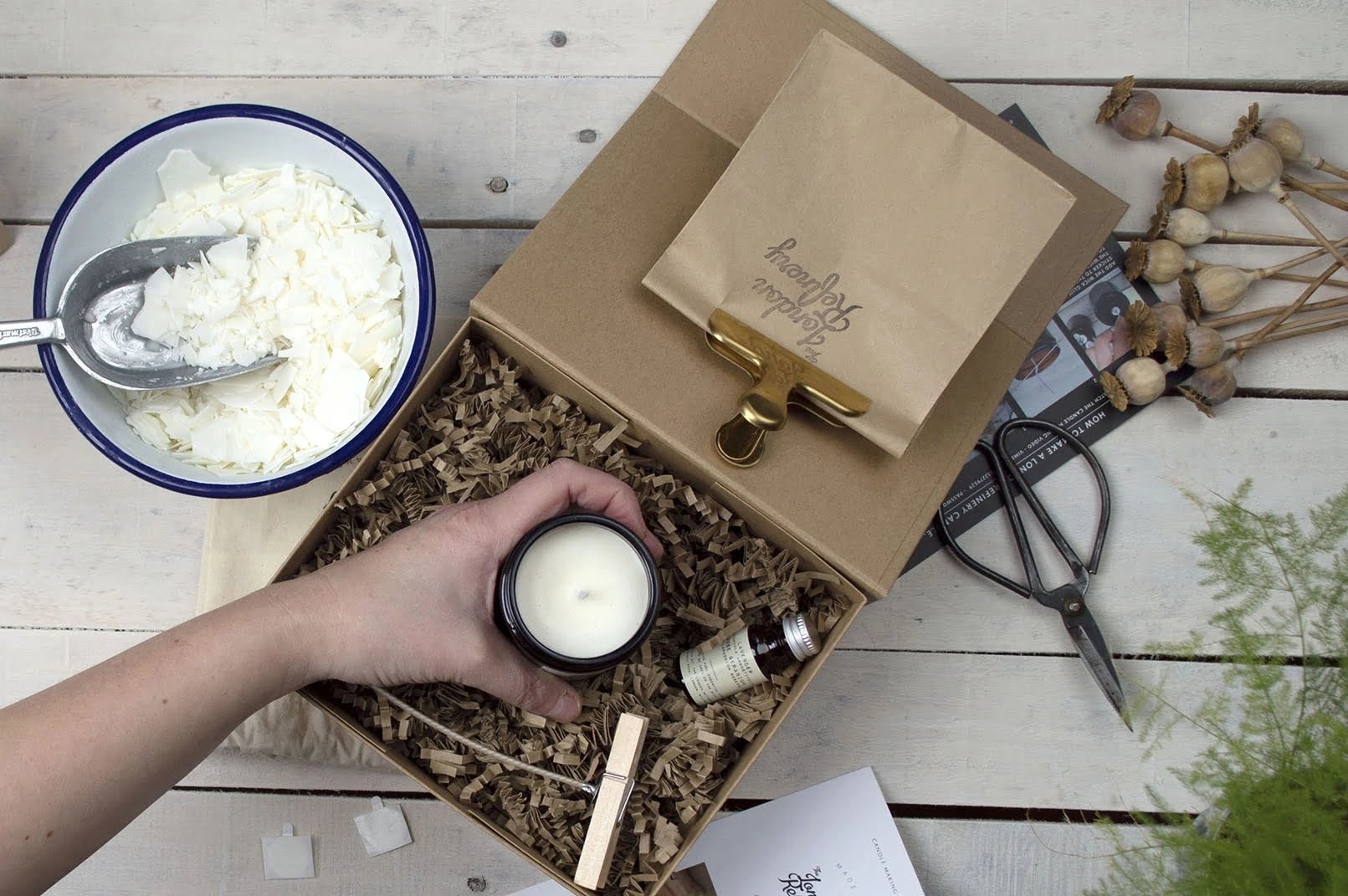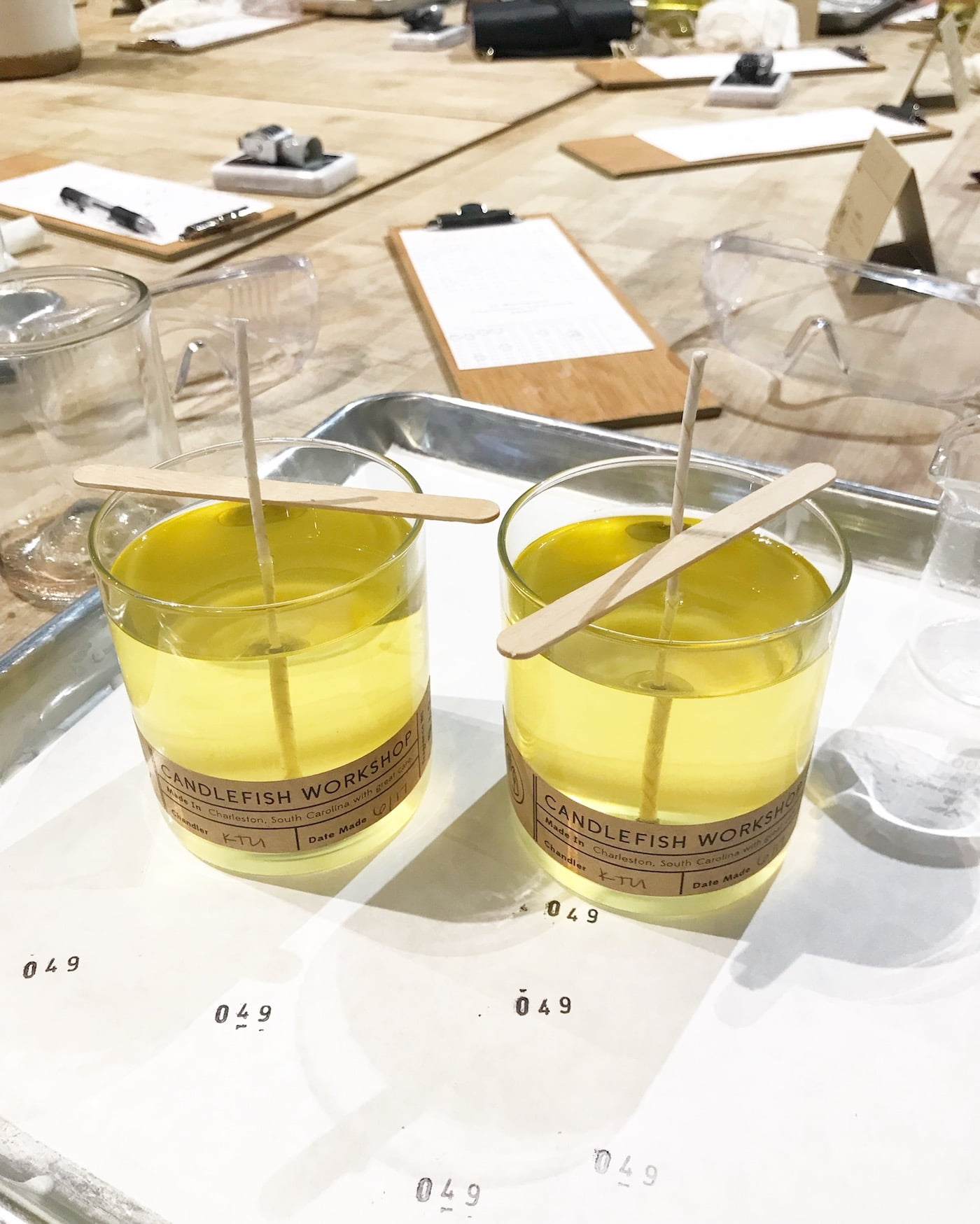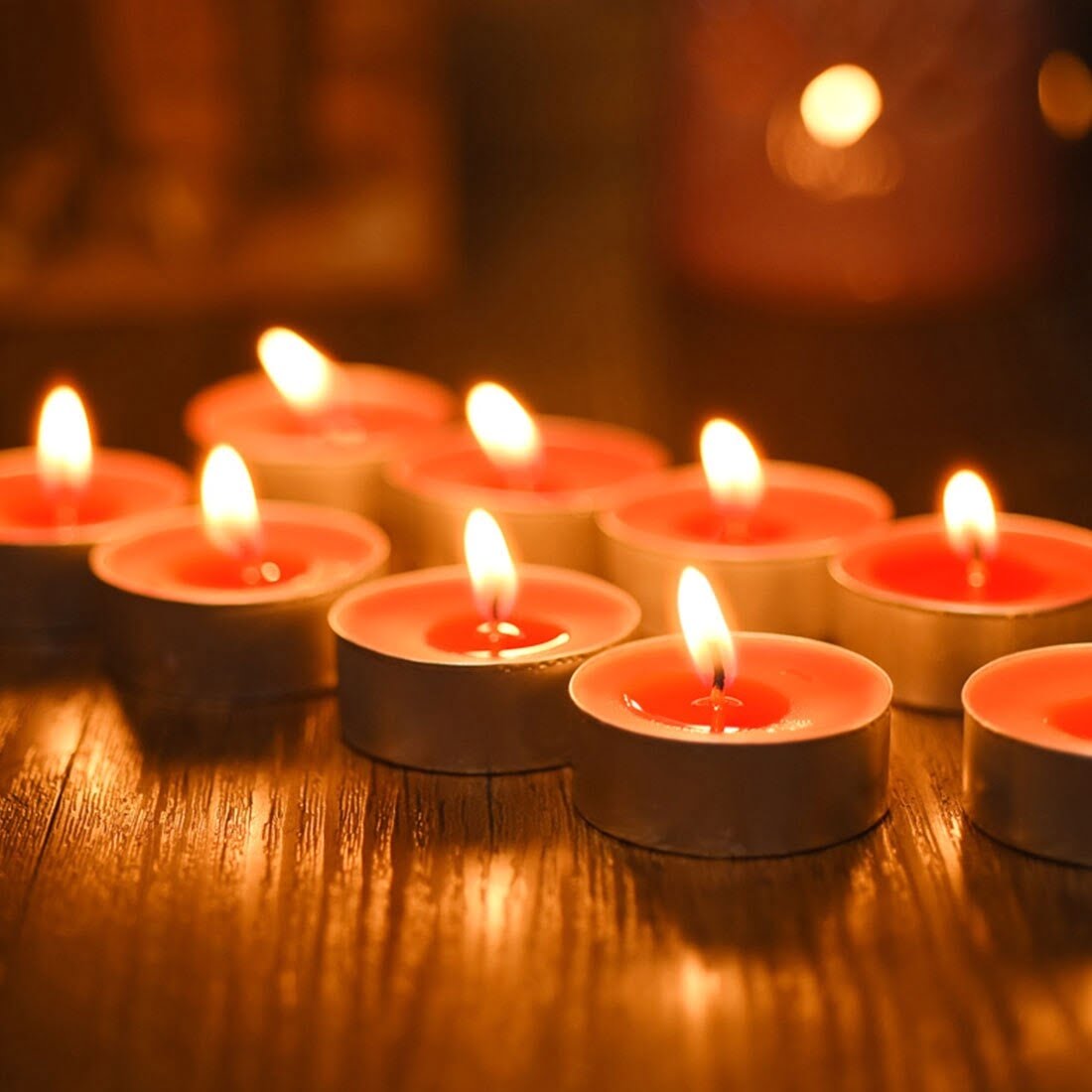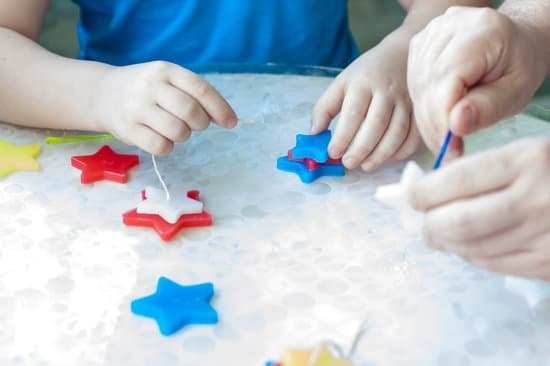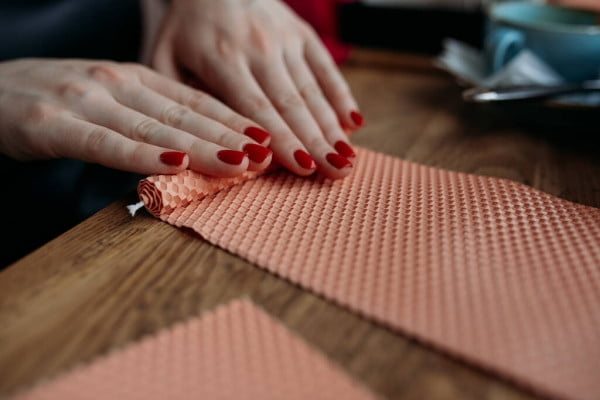Introduction
Candle-making dye is a coloring powder that can be used to color wax when making candles. This pigment has been used by candle makers since ancient times and the purpose of adding color was mainly aesthetic or symbolic. Candle-making dyes come in many different colors and shades, though most candle makers prefer to use natural colors for a more subtle effect. Popular colors include red, orange, yellow, green, blue, pink and purple as well as metallic hues such as bronze, gold and silver. Some dyes are specifically formulated for certain types of candles such as votives or container candles. Specialized dyes are also available if you want to create a unique effect such as a sparkly glitter finish or a frosted look. Candle-making dyes generally have melted wax added during the manufacturing process and some have additional ingredients added for viscosity control or scent enhancement. The most common mediums used to make these dyes include beeswax, paraffin and soy waxes but other waxes can also be used depending on the desired outcome. Candle-making dyes come in either pellets or powders, with powder being the more popular form of dye due its ease of use. This type generally has an average shelf life of 1-2 years and should be stored away from direct sunlight in order to ensure best results when using it to color your candles.
Types of Candle-Making Dyes
Paraffin Dyes: Paraffin dyes are permanent,powder dyes developed specifically for airbrushing or painting directly onto paraffin wax candles. They are simple to use and come in a wide variety of vivid colors. An advantage of using Paraffin dyes is that they provide a consistent and reliable color throughout, melting along with the wax to ensure vibrant, unique shades on your candles.
Gel Dyes: Gel Dyes are ideal for making colored gel wax candles because of their deep and brilliant tones that won’t fade over time. Unlike other dyes, Gel Dye mixes completely into the liquid wax without any surface residue or sedimentation forming at the bottom of your container. Added benefits include being non-toxic, easy to use, and available in many different pre-measured amounts for accurate measurements.
Soy Wax Dyes: Soy Wax Dyes offer distinct advantages in candle-making over traditional paraffin because it does not require as much heat to melt into and cool before adding fragrance oils or wicks. This makes Soy Wax easier and safer to work with than paraffin residues. In addition, soy wax burns longer and cleaner than paraffin candles reducing indoor air pollution while increasing burning performance. Available in many concentrated hues and pastels, you can also mix custom blends to achieve desired effects on your finished product.
Beeswax Dyes: The beauty of beeswax is its natural hue which creates warm earthy tones when combined with natural elements like wood wicks, leaves and flowers while producing an aromatic experience during burning. But it comes equipped with several drawbacks including limited availability of supplies from beekeepers across the globe along with increased cost due to scarcity of supply combined with a lengthy preparation process for usage in Candles i.e., removing debris from comb cells or pressing leftovers into blocks for sale at market outlets -all requiring manual labor investment as well as extra precautions during handling as it can form crystallized structures if cooled too quickly or dependable pigment source is missing when again heated down below 200f degrees! To compensate this limitation of Beeswax a variety of vibrant pigments have been introduced by beeswax crafters which provides strong adhesion without diminishing material quality while increasing burning performance!
Preparing the Dye
Before using any dyes for candle making, it is important to properly prepare the dye to ensure that it can be safely used. To start, the dye needs to be mixed with the appropriate amount of carrier oil, such as liquid paraffin or beeswax. This process should always be done in a well-ventilated area, and protective clothing should be worn. Once the dye has been mixed with the carrier oil, it is ready to use. It is important to store any unused dye in an airtight container in a cool, dark place, free from any source of ignition; this helps to prevent oxidation and contamination.
Color Selection Tips
When choosing a color for your candle, it is important to consider the environment it will be placed in for desired effect. For example, if you are creating a romantic evening atmosphere, opt for warm tones such as red and pink. If you would like to relax in the space then blues and some greens are very effective. It might help to think of how each hue personally affects you before you make a decision.
Once the base color is chosen, creating the perfect shade can require some skillful mixing. This can be done by using dyes specifically designed for candle making. Start with small amounts and gradually add more dye until you get the desired color intensity. You can also use different wax colors and mixing techniques in order to achieve this exact look or customize your own unique creations. Having an understanding of how colors work together when mixed is also essential for achieving an accurate blend as certain combinations may clump together or shock your wick unexpectedly when melted down. Another option that works well when trying to achieve an unusual tone is starting from scratch and combining two entirely separate shades together instead of attempting a mix on just one colour alone.
Mixing the Dye into the Wax
When adding dye to wax, it’s important to ensure that the dye is completely dissolved into the liquid. The best way to do this is to heat the wax until it reaches a pouring temperature, then slowly add in small amounts of the powdered dye and mix it into the liquid with a stirring stick or spoon until all of the particles have been dispersed and fully dissolved. If any clumps of dye remain, these can be filtered out through use of a sieve or cheesecloth.
As for proportions, this will depend on the desired end color intensity. Generally speaking, around 0.5-1% proportion of dye per total wax weight should be added when making candles. However, make sure to take precautions and add smaller quantities as you can always make more vibrant shades by mixing multiple colors together but cannot reduce their intensity once mixed in!
Adding the Colored Wax to the Candle Mold
Pre-heating the wax is an important step when candle making with dyes. Depending on the type and brand of wax, it’s important to heat your wax to a specific temperature before pouring into the mold. To ensure that all during this process, you want to use a double-boiler or an electric wax warmer. Place the doubled-boiled or electric wax on low heat and let the wash melt, stirring it with a metal spoon after 5 minutes if necessary. You will know when it’s at the proper temperature for coloring when it melts without any solids being visible in the mixture.
When adding dye, natural or synthetic, use between 1/8 teaspoon and 1/2 teaspoon per 2 pounds of melted wax (you can reduce or increase as desired). Make sure to use rubber gloves while handling colorants and stirring them into the melted wax. The result should be completely blended, free from streaks and clumps.
Pouring your colored melted wax into the molds is another important step in candle making with dyes; this determines how uniform your candles turn out. When pouring, you should be paying close attention to both technique and temperature as they will effect one another significantly. For example, if your candles are too hot when poured they might shift too much during hardening then run over in different directions making them eventually misshapen. Too cold and they may not even release from their molds at all! To pour correctly make sure that the molds are preheated by filling with hot water prior to spilling in your colored melted wax, ensuring everything is hot enough for a good hold once done cooling off again during hardening time
Candle Finishing Techniques
Curing and conditioning techniques for a successful finish to your candle making project is an important part of the process. Curing your candles helps the waxes and dyes settle into a stable, sustainable medium that will last for many years with proper care.
The process of curing begins when you pour the wax and dye mixture into the molds. The wax must be allowed to cool in order to achieve even distribution of color throughout the finished product. Once cooled, it is time to condition your candles by adding essential oils, fragrances, or other accessories as desired. You can also gently heat up the bottom of each candle with a hair dryer or heat gun in order to soften any stubborn areas around the bottoms of your creations. This heated air will help smooth out any blemishes that occurred during pouring.
Finally, it is time to pack and store your finished products so they can be enjoyed for many years. Properly wrapping and packaging each candle helps reduce further discoloration while being stored away until its next use. Wax paper sheets offer a subtle protection against fading colors when placed between each layer as stocking up these beautiful pieces.
Troubleshooting Candle-Making
One of the biggest issues encountered in candle-making is the selection and use of dyes. If the dyes are not chosen correctly, they can either give a weak or too vibrant color that may overpower the other colors in a multi-colored candles. Here are some best practices for ensuring optimum results with candle-making dyes:
1) Use certified candle-making dyes specifically designed for these types of applications. Some generic dye products may limit your color options as well as produce inconsistent results when used with waxes and other additives found in most candles formulations.
2) Always perform tests using small batches of wax before committing to larger production runs. The tests allow you to experiment and adjust colours until the desired result is achieved.
3) Add just enough dye to enhance the base colors, keeping them subtle enough to support any main colors that you may be highlighting. Ensure that each of your colors resembles its intended hue when added together. It takes practice and experimentation to create beautiful colors that are blended harmoniously together within a candle design ” this requires adding both light and dark shades while still maintaining a consistent overall color balance.
4) Be mindful of the environment when working with dyes by wearing gloves and respiratory masks while melting waxes and mixing humanly friendly aroma fragrances into heated containers along with powders, liquids, granulates, micas or glitters if used. Choose phthalate free fragrances for happier and healthier living spaces ” home as well as workplace” so all users can benefit from fantastic adored scented creations without risking any health related consequences from unsafe components…..
Tips and Tricks for Successful Candle Making
Using the right candle dyes is essential to achieving the perfect finished product. There are several types of candle dyes available on the market, including liquid dye, block dye, and mica powder. Liquid dye should be used for waxes lighter than soy wax; block dye and mica powder are more suitable for darker waxes such as paraffin or beeswax. When using a vegetable-based wax such as soy wax, use liquid, block, or mica powder in combination with an additive to prevent burning out the fragrance. If you’re using a melt & pour (MP) base, it’s best to use either liquid or mica powder to color your candles as dyes may separate when exposed to high temperatures. For optimal results, always stir your dyes thoroughly before adding them to your hot was”this prevents clumping and helps disperse the color evenly throughout the entire batch. Remember too that brighter colors tend to absorb more heat so ensure you add an adequate amount of heat stabilizer if you wish to use bright neon shades in your candles.
Conclusion
Candle making dyes are a popular way to give a unique look to your candles. There are many different types of dyes available, including liquid dye and pigment powder. Depending on your desired effect, you can either blend two or more colors together or use one color alone. When using liquid dye, it is important to measure the correct amount and mix it with a carrier oil before adding it to melted wax. For pigment powders, they must be mixed with softer waxes first and then added carefully to melted wax. Once your chosen dyes have been added, the mixture should be stirred regularly while cooling and should not be stirred too vigorously in order to avoid disturbing the pigments.
To conclude this article, candle making dyes can provide beautiful and unique effects for any homemade candles you make. With careful mixing and stirring techniques, you can be sure that your candles will turn out looking spectacular every time! Be sure to always take safety precautions when working with heat sources such as hot wax and examine all products used for potential safety risks prior to purchase. Finally, never forget that having fun during the process is just as important as the end product!

Welcome to my candle making blog! In this blog, I will be sharing my tips and tricks for making candles. I will also be sharing some of my favorite recipes.

